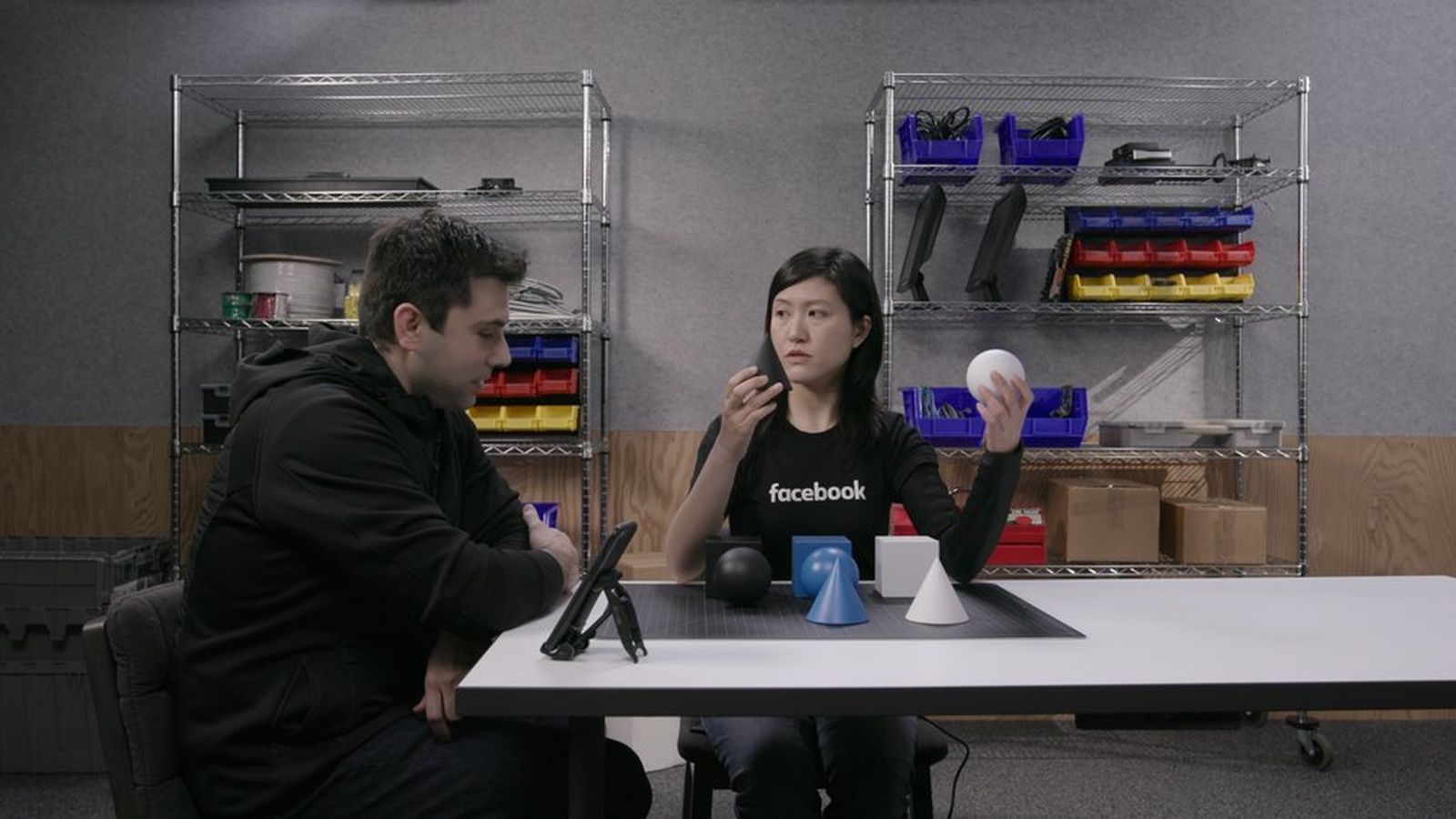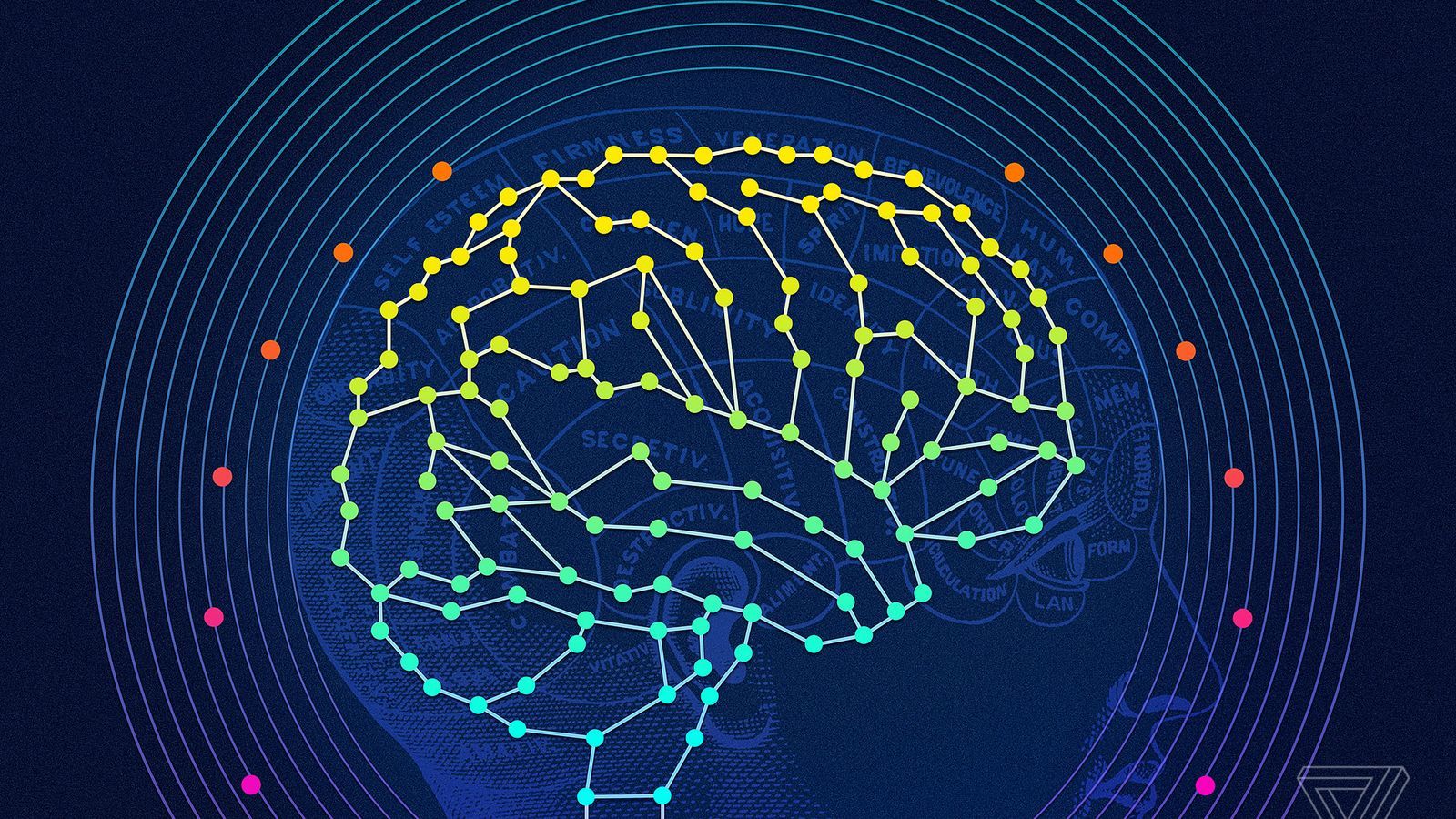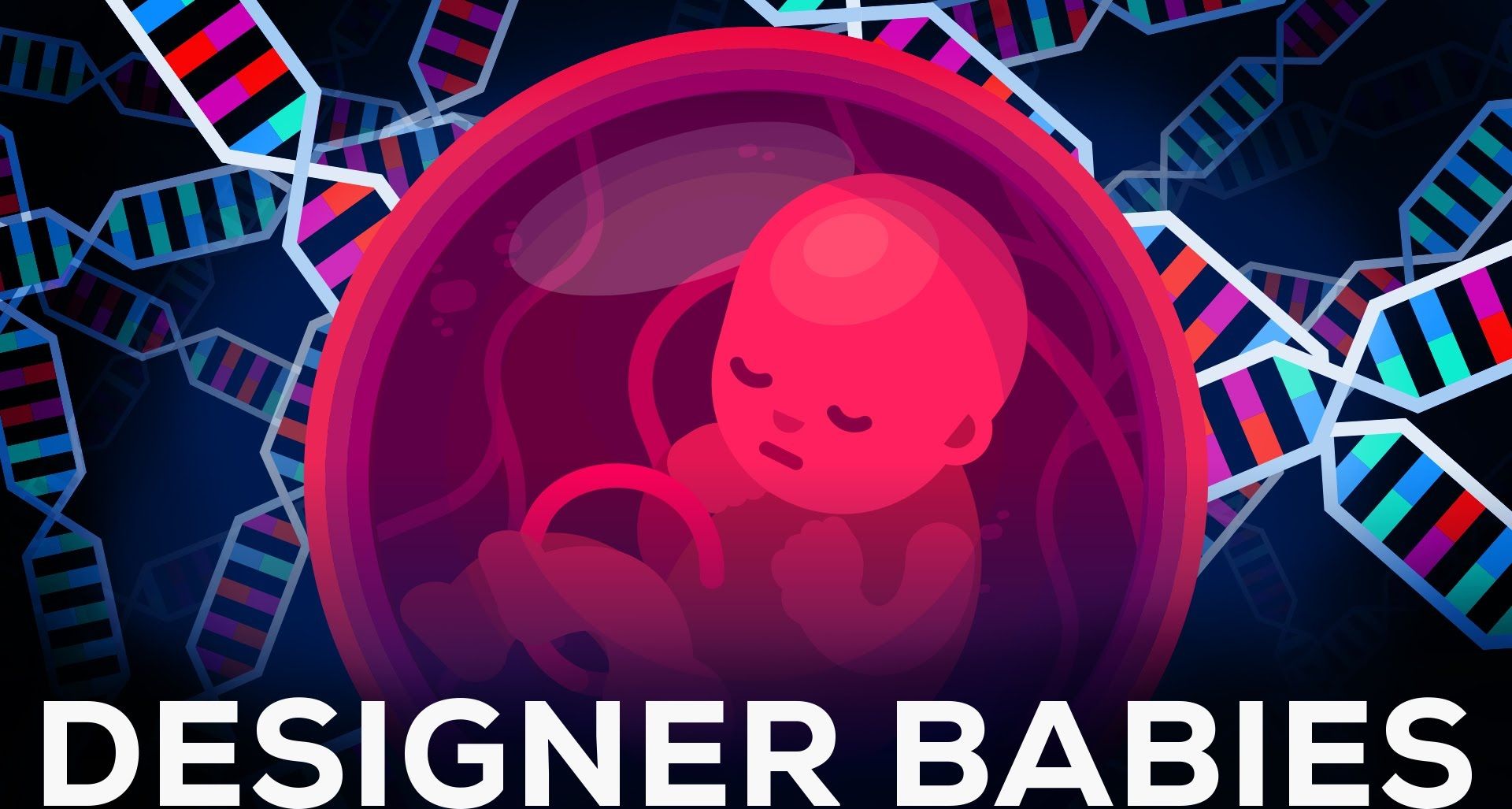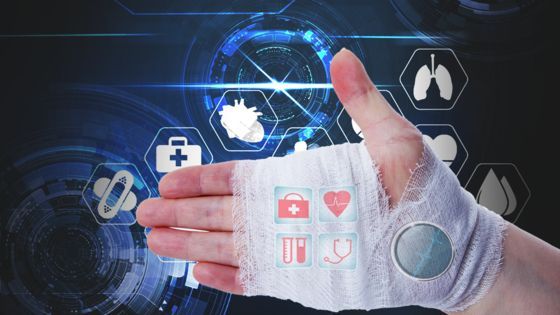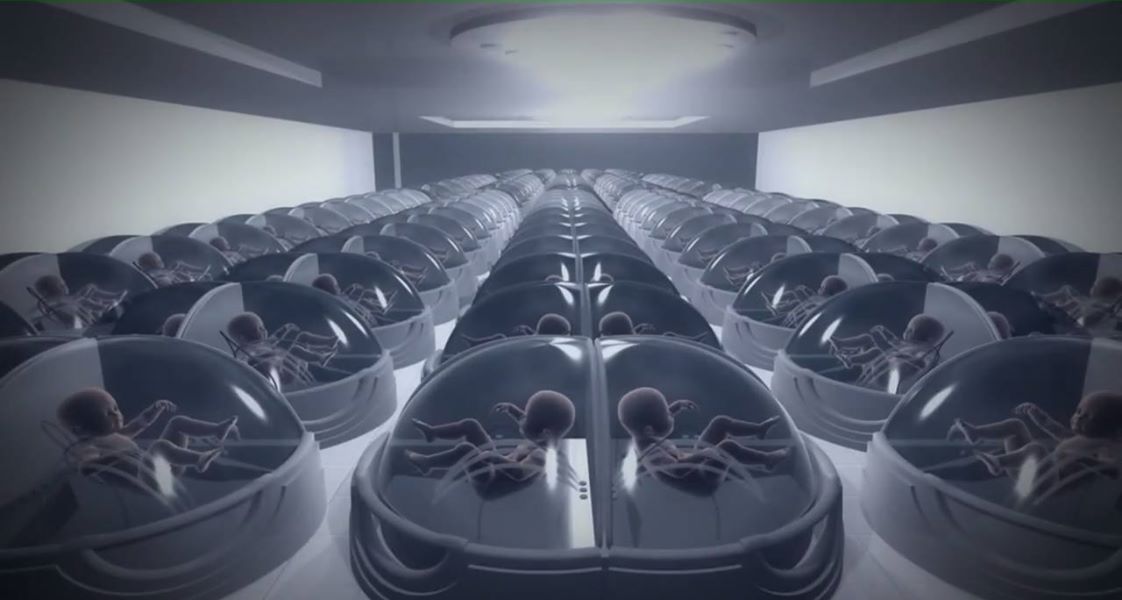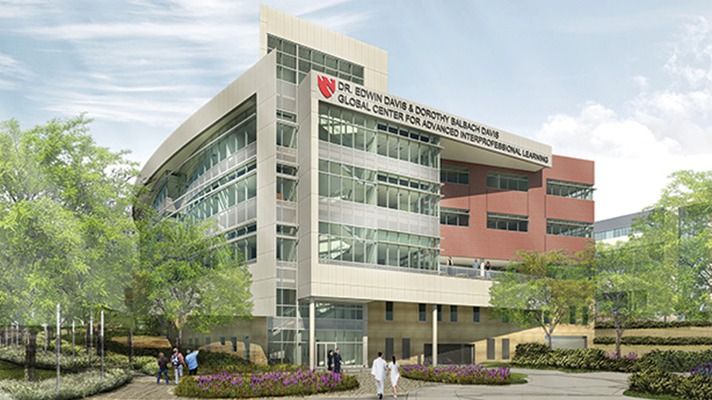
“The 192,000-square-foot facility will house UNMCs Interprofessional Experiential Center for Enduring Learning, or iEXCEL program, which aims to help physicians and other healthcare professionals do clinical training exercises and develop surgical skills via advanced simulation technologies, virtual immersive reality, augmented reality and holographic technologies, officials say.
The center’s advancements will include the creation of 3D/virtual and augmented reality content for clinical and surgical training modules; leading-edge technology such as the iEXCEL Helix – an extended 280-degree curved screen creating a 2-D/3D immersive environment; laser-based “3D iSpace,” a five-sided virtual immersive reality environment, and a 130-seat holographic auditorium.
The goal is to move beyond traditional lecture-based models to embrace more hands-on experiential learning, which can improve retainment of skills competencies proficiencies. Thus, the traditional mentor-based “see one, do one, teach one” training model for physicians will now be complemented by human patient simulators, surgical simulation, interactive visualization tools such as head-mounted displays, interactive “learning walls” and 3D virtual immersive reality environments.”
The University of Nebraska Medical Center has broken ground on a new $119 million facility meant to help physicians and nurses train for next-generation care delivery using emerging virtual and augmented reality technology.
The Omaha-based Davis Global Center will deploy various simulation platforms to help optimize medical training for clinicians, with an eye toward ultimately improving quality and safety, officials said.
“Learners do best by having experience, whether it’s learning how to play a sport, a musical instrument or, in my case, do cardiac surgery,” UNMC Chancellor Jeffrey Gold, MD, said in a statement. “The more experience, the more practice, the more hands-on opportunities we get, the better off we are to deliver high quality, safe, effective and patient-centered care. This center will achieve all of those goals and continue to bring Nebraska to the epicenter of the learning world.”
Read more


